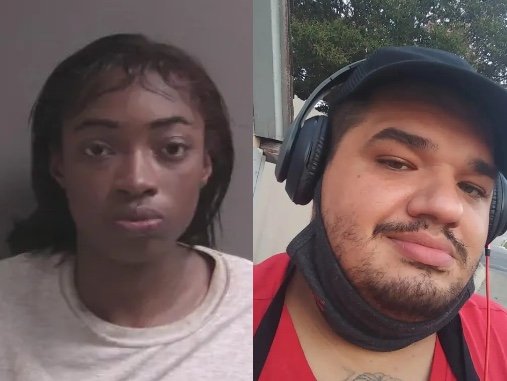In a recent turn of events, HoneyKomb Brazy, the notable artist, finds himself entangled in legal troubles with a new federal gun charge. The incident unfolded when law enforcement discovered all three individuals in the car were legally prohibited from possessing firearms.
Adding to the complexity of the situation, police uncovered marijuana in the ashtray, along with a liquid medicine bottle suspected to contain a syrupy narcotic drink commonly known as "lean." These findings not only amplify the legal ramifications but also raise questions about the broader implications surrounding the intersection of gun ownership and substance use.
The federal gun charge highlights the serious legal consequences individuals may face when possessing firearms while being legally ineligible to do so. This development could prompt a closer examination of existing laws and regulations surrounding gun ownership, potentially sparking discussions on the need for more stringent enforcement and penalties.
The discovery of marijuana and the suspected "lean" in the vehicle further complicates the narrative, shedding light on the potential involvement of substances that can impact one's judgment and behavior. This aspect of the case may draw attention to the ongoing debates surrounding drug policies, rehabilitation, and the broader societal impact of substance abuse.
As the legal proceedings unfold, the case involving HoneyKomb Brazy serves as a stark reminder of the complexities within the intersection of firearms, legal restrictions, and substance use. It prompts reflection on the need for a comprehensive approach to address these issues, involving not only law enforcement but also policymakers, community leaders, and advocates working towards a safer and more responsible society.
In the coming weeks, the public will undoubtedly follow the legal developments surrounding HoneyKomb Brazy's federal gun charge, eager to understand the implications and potential outcomes for both the artist and the broader conversation around gun control and substance abuse.










